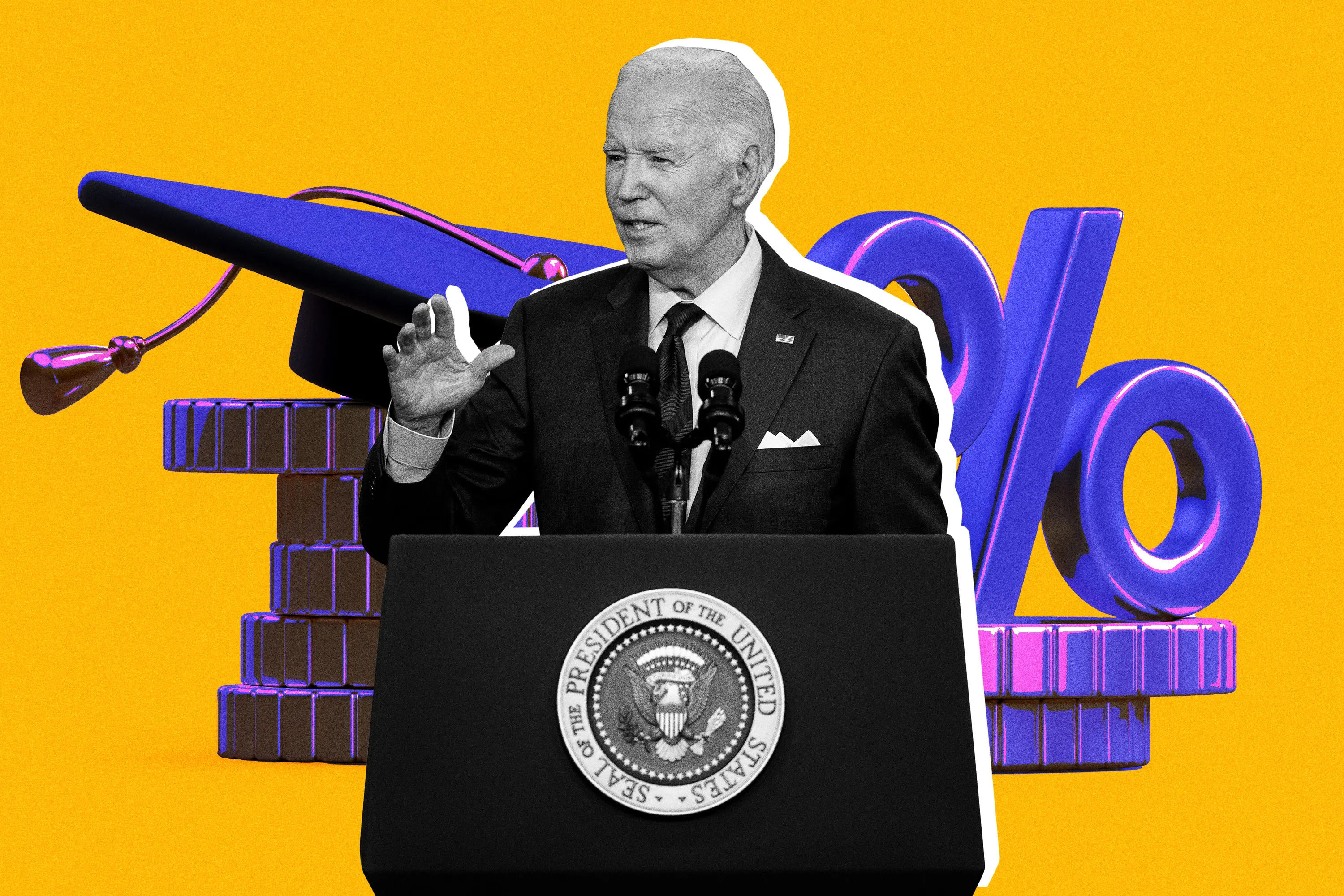Despite stiff legal opposition, the Biden administration is moving forward with a new plan to cancel federal student loans for millions of borrowers.
The Education Department released new forgiveness rules Friday as part of its latest effort to broadly forgive student debt. The agency says the plan, if finalized, would provide one-time debt relief to about 8 million financially distressed borrowers. The agency also plans to create a new “holistic” hardship app that could provide relief to borrowers for “future generations.”
“We are serious about fixing our country’s broken student loan system,” Education Secretary Miguel Cardona said on a call with reporters. “Our student loan system has created difficulties for struggling borrowers for too long.”
President Joe Biden’s original plan for student loan forgiveness, which would have forgiven up to $20,000 per borrower, was struck down last year by the Supreme Court. Shortly after, the Biden administration said it would try again, using a separate legal rationale. The new forgiveness plan, known as Plan B, went through a formal rulemaking process that began in February.
Plan B was much narrower on the first try, but it initially still included $150 billion in forgiveness for about 30 million borrowers. It identified specific groups of borrowers, such as those with out-of-control interest or those who have been paying off debt for decades, for partial or full debt forgiveness. Then a lawsuit by Republican-led states stopped Plan B before it could even be implemented. While the case is currently pending in federal court in Missouri, the Department of Education is moving forward with part of the plan that it believes is not covered by the federal court’s injunction, which has already blocked it.
Call it Plan C.
Who May Qualify for Student Loan Forgiveness Due to Hardship
Current forgiveness rules are aimed at easing the debt burden of borrowers experiencing financial hardship. Officials define this in two ways.
The first targets borrowers who officials say have been identified as being at high risk of defaulting on their student loans within the next two years, based on a predictive model that takes into account their income, debt load, Pell Grant status and more. Default occurs when a borrower misses nine months of payments, and there are a number of painful consequences, including wage garnishment.
About 6 million borrowers could receive automatic forgiveness based on data the Department of Education already has through this pathway.
In other cases, the department wants to use the application for borrowers to demonstrate financial hardship. Officials expect that 2 million current borrowers will qualify for forgiveness this way. Future borrowers may also qualify because applications are expected to continue to apply to ensure forgiveness for “future generations,” the department said.
The application process will “fully evaluate” an applicant’s situation, considering whether the loan balance has increased over time, the borrower’s risk of default, as well as other financial burdens such as medical debt, child care costs and more. If another repayment plan does not resolve the situation, the borrower’s loans may be completely forgiven.
Legal problems and terms of assistance
With the presidential election quickly approaching, senior department officials told reporters Thursday that the administration is working to provide student debt relief as quickly as possible.
However, the department’s rules are not officially published in the Federal Register. It plans to comply with this requirement “in the coming weeks.” The rules must then go through a 30-day public comment period before they are finalized, and the department does not expect to finalize it until 2025.
Of course, these timelines extend well beyond the November 5th election. The next administration will not officially take office until January 20, 2025. It is unclear whether the Department of Education will be able to provide any assistance before that date. And if the next administration doesn’t agree to the rules, the forgiveness plan will likely fall apart.
Another major obstacle is new lawsuits. Given that two federal courts have already issued injunctions stopping Biden’s Plan B, it seems likely that these rules based on parts of Plan B will face significant legal hurdles before they are implemented.
“We remain unapologetic in our fight to make higher education more accessible,” Cardona said.
More money:
Why isn’t the FAFSA opening in October like usual this year?
As student loan ‘on the ramp’ ends, missed payments will hurt your credit again
An ‘affordable’ college degree now means no debt, parents say
